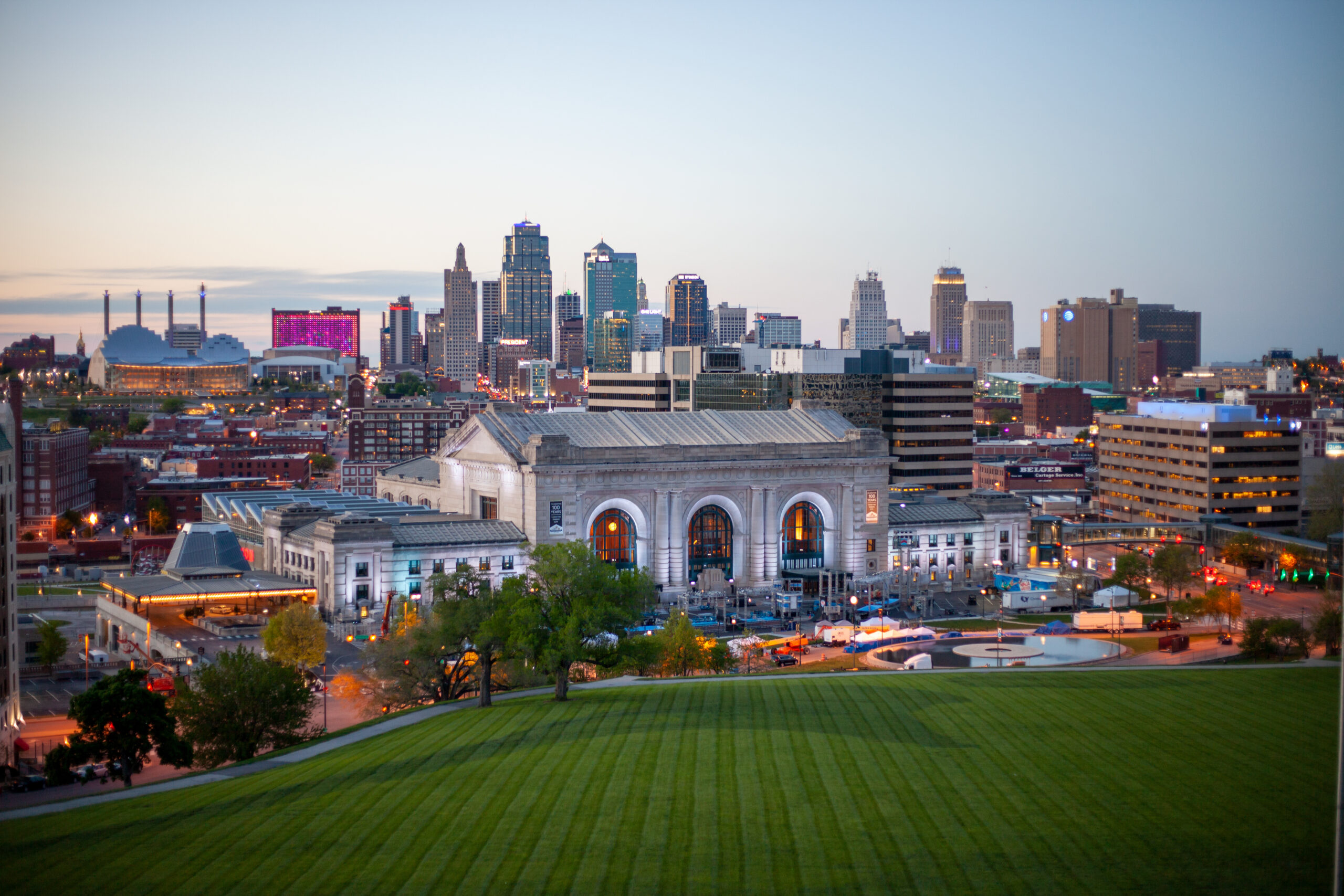Celebrating Innovation: Our Engineer’s Insight on the Future of Kansas City

In 2024, the Kansas City region is a dynamic hub, setting the stage for what will soon be commonplace in the future. As we traverse this evolving landscape, various facets of our community – from technological advancements and transportation innovations to shifting weather expectations and resilient living – engineering and STEM professionals are leading the way as key players in that process.
From the heart of Kansas City to the growing communities that will become their own urban areas in the future, engineers are finding solutions, big and small, to add new transportation options and improve the safety and lifespan of existing facilities. The expansion of the very successful and transformative streetcar will now serve riders from Downtown all the way to UMKC. The Buck O’Neil Bridge replacement is making travel to and from the Northland more dependable, safer, and ready for the future. Communities spanning from Independence to Edwardsville, Leavenworth to Grandview, are undergoing transformations in their local streets. The aim is to create dedicated spaces for multimodal transportation, enhancing the functionality of our public right-of-way to better serve various types of users. Engineers are charged with a duty to serve the health and welfare of the public, so these types of transportation improvements will help create a safer and more accessible future for the region.
One notable development generating enthusiasm is the new battery production facility being built by Panasonic in De Soto. Electric vehicles (EV) will continue to become more common, and Panasonic is adding capacity in the region to meet future national demand for the batteries powering those EVs. Behind the scenes, engineers have designed new EV batteries to use hundreds or thousands of very small battery cells combined to power the vehicle. Engineers are involved every step of the way by designing the battery cells, designing and building the equipment that build the cells, assisting architects and builders with laying out new facilities, and designing and overseeing construction of new roads and infrastructure to support these new businesses and associated growth in our region.
The expanded availability of fiber and true high-speed wireless/satellite Internet access mean that we can be productive almost anywhere. The anticipation of BEAD (Broadband Equity, Access, and Deployment) funding on the horizon is set to revolutionize local telecommunications infrastructure. As fiber networks gain prominence, the BEAD funding will likely support the expansion of fiber optics, providing a sturdy backbone for reliable and fast internet services and enhanced connectivity. Engineers will play a crucial role in designing and implementing these advanced telecom solutions, contributing to the region’s technological evolution and support for our evolving digital landscape.
In recent years there has been intense discussion about climate change, extreme weather, and making our communities more resilient to a broad range of future events. Engineers are on the frontlines of the battle to identify how much more rain, temperature extremes, intense winds, and drought conditions we should design and retrofit the region to endure and continue to thrive in the coming years. Several local governments and the Kansas City chapter of the American Public Works Association have begun to craft an updated set of design criteria and tools for engineers to use in evaluating and designing the drainage facilities and development policies to better manage our changing climate and reduce the likelihood of flooding of transportation systems, homes, and businesses.
Likewise, utility providers, communities, and private developers are investing in relocating power lines underground to make them less susceptible to storms and decluttering the view. Other public infrastructure is being upgraded and redesigned by engineers to better meet future needs and support new sustainable energy sources and technology.
While finding solutions to meet the needs of the region today and in the future, engineers of all types are experimenting with scope of work, defining workspaces, and achieving work-life equilibrium. Virtual and augmented reality, along with other technologies continue to give teams new ways to understand projects and identify solutions outside of the traditional office. What an exciting time to be an engineer in Kansas City.
This article was written by Randy Gorton, P.E., PTOE, Public Works Director at BHC in conjunction with National Engineers Week. Interested in learning more about our impact and the future of the A/E/C landscape? Connect with one of our experts at ibhc.com/connect!
